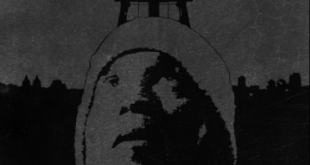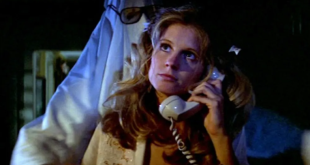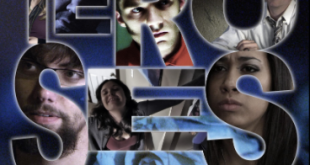Horror movies have been a staple of cinema since its early days, evolving through various styles and themes to become one of the most diverse and dynamic genres in film. From the unsettling black-and-white classics of the early 20th century to the intense, genre-bending thrillers of today, horror films captivate audiences with their ability to provoke fear, tension, and suspense. This article explores the evolution of horror movies, examining key milestones, influential films, and the genre’s impact on popular culture.
The Birth of Horror Cinema
The origins of horror cinema can be traced back to the silent film era, with early pioneers like Georges Méliès, whose 1896 film “Le Manoir du Diable” is often cited as one of the first horror films. However, it was the arrival of sound and the Golden Age of Hollywood that truly established horror as a distinct genre. Films such as F.W. Murnau’s 1922 silent classic “Nosferatu” and James Whale’s 1931 film “Frankenstein” set the stage for horror’s golden era.Visit https://pokerceo.io/ and learn more about horror cinema
The 1930s and 1940s were marked by iconic Universal Monsters like Dracula, Frankenstein, the Mummy, and the Invisible Man. These films established archetypes and set a high standard for storytelling, character development, and atmosphere in horror.
The Rise of Psychological and Supernatural Horror
The 1950s and 1960s introduced new themes and styles, reflecting societal anxieties and expanding the boundaries of horror. Alfred Hitchcock’s “Psycho” (1960) is often credited with revolutionizing the genre, blending psychological tension with shocking twists. Hitchcock’s influence can be seen in the rise of psychological horror, where the terror comes from within the characters’ minds rather than external monsters.
The supernatural genre also gained prominence with films like “Rosemary’s Baby” (1968) and “The Exorcist” (1973). These films brought a new level of dread to the screen, blending horror with religious and existential themes. “The Exorcist,” in particular, is renowned for its ability to evoke genuine fear and remains a benchmark for supernatural horror.
The Slasher Era
The late 1970s and 1980s saw the emergence of the slasher film, characterized by its focus on a killer stalking and murdering a group of people, often teenagers. John Carpenter’s “Halloween” (1978) is widely considered a seminal work in this subgenre, introducing the archetypal masked killer and influencing countless imitators. Other notable slasher films include “Friday the 13th” (1980) and “A Nightmare on Elm Street” (1984), both of which created iconic villains who became central to the genre’s appeal.
The slasher trend led to a surge of films featuring graphic violence and explicit content, which were both praised and criticized for their portrayal of horror. This period marked a shift towards more visceral and sensationalist approaches to the genre.
The Revival and Innovation
The 1990s and early 2000s saw a resurgence of interest in horror, driven by a blend of nostalgia and innovation. Wes Craven’s “Scream” (1996) revitalized the genre with its self-referential approach and meta-commentary on horror conventions. This period also witnessed the emergence of psychological thrillers and J-horror, with films like “The Ring” (2002) bringing Asian horror sensibilities to Western audiences.
In recent years, the genre has seen the incorporation of various themes, including the growing trend of blending horror with contemporary issues. Notably, the rise of online platforms has made horror films more accessible, and the expansion of online casino new zealand-themed horror games highlights a unique intersection between gaming and cinema. Films and games that incorporate online casino settings often explore themes of chance and fate, adding a new layer of suspense and psychological tension.
Conclusion
Horror movies have undergone significant evolution since their inception, continually adapting to reflect the fears and anxieties of their times. From the early days of Universal Monsters to the innovative and genre-bending films of today, horror remains a powerful medium for exploring the darker aspects of human experience. The genre’s integration with modern themes, such as the online casino world, showcases its ability to evolve and engage audiences in new ways.
Whether through classic scares, psychological tension, or supernatural dread, horror movies continue to fascinate and terrify, proving that the genre’s potential for innovation and impact is as boundless as our own fears.
 Horror News | HNN Official Site | Horror Movies,Trailers, Reviews
Horror News | HNN Official Site | Horror Movies,Trailers, Reviews






